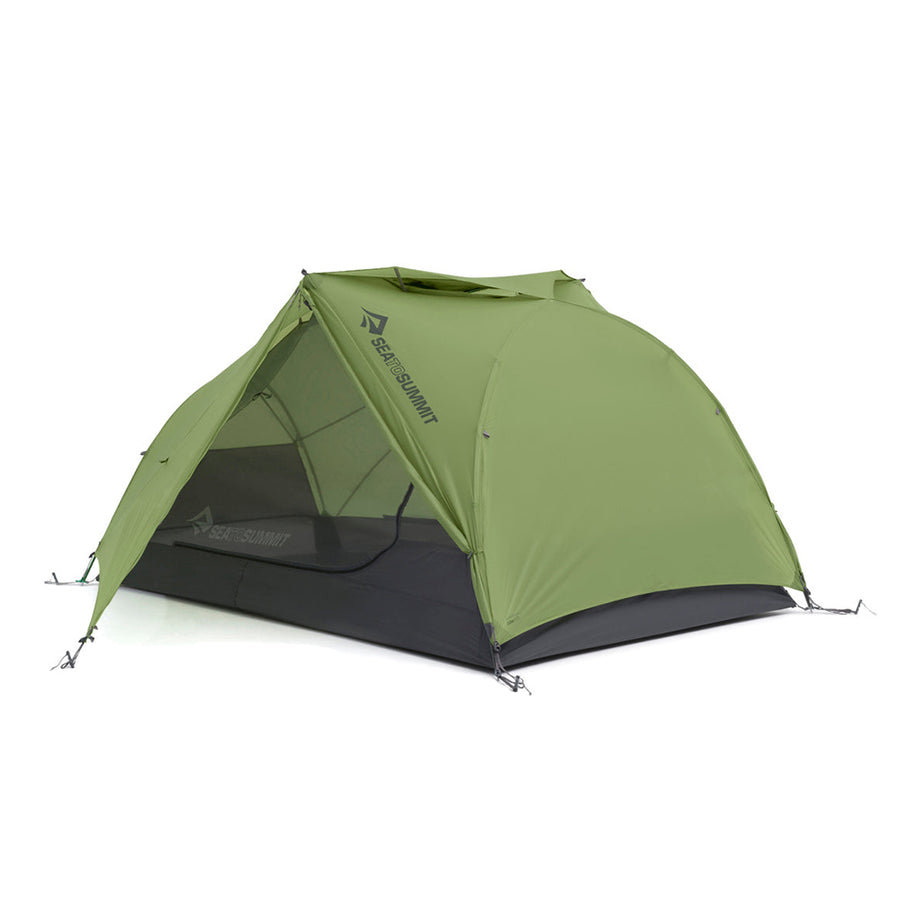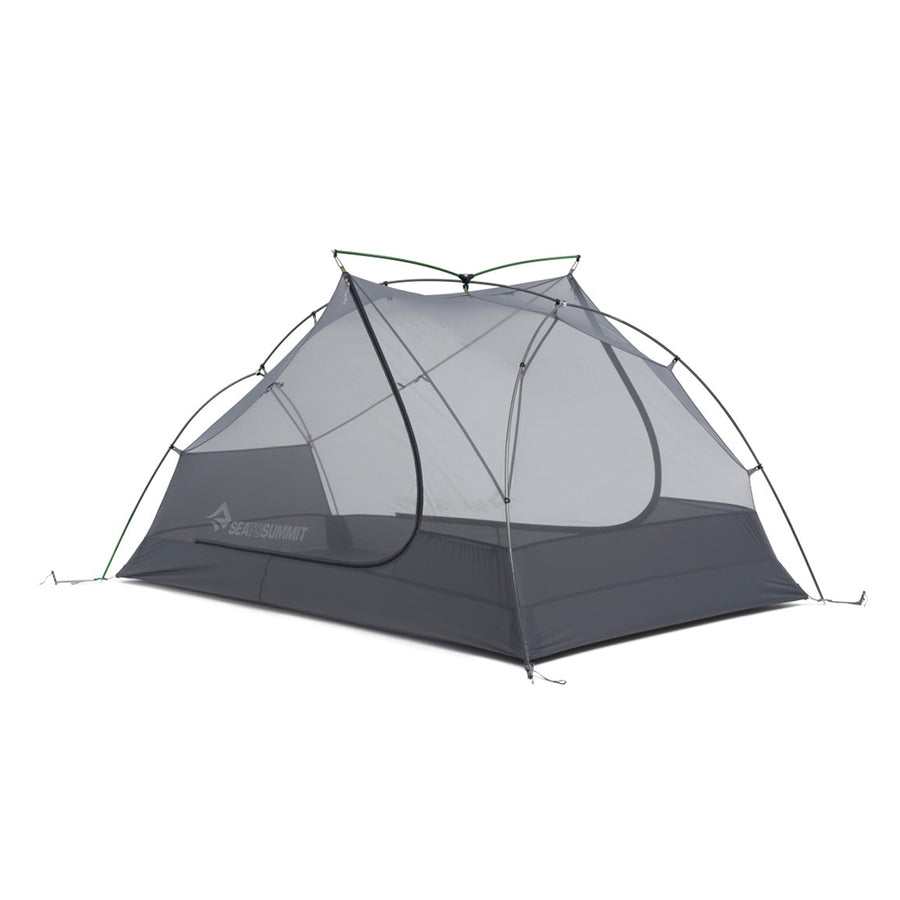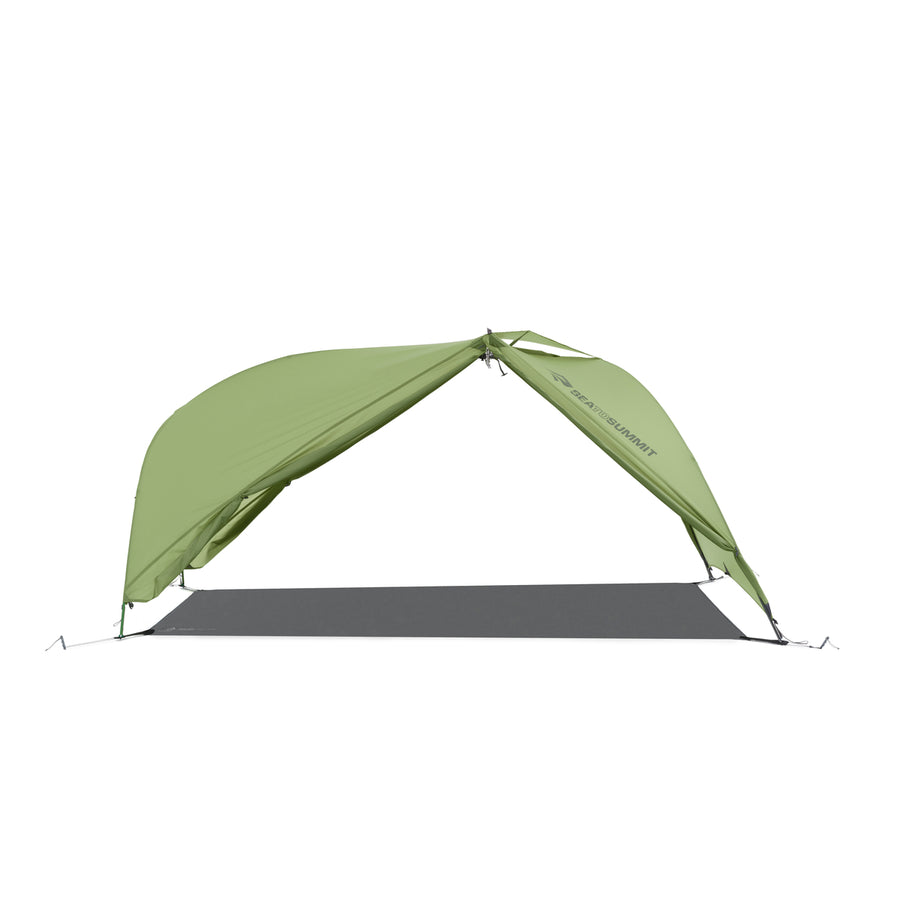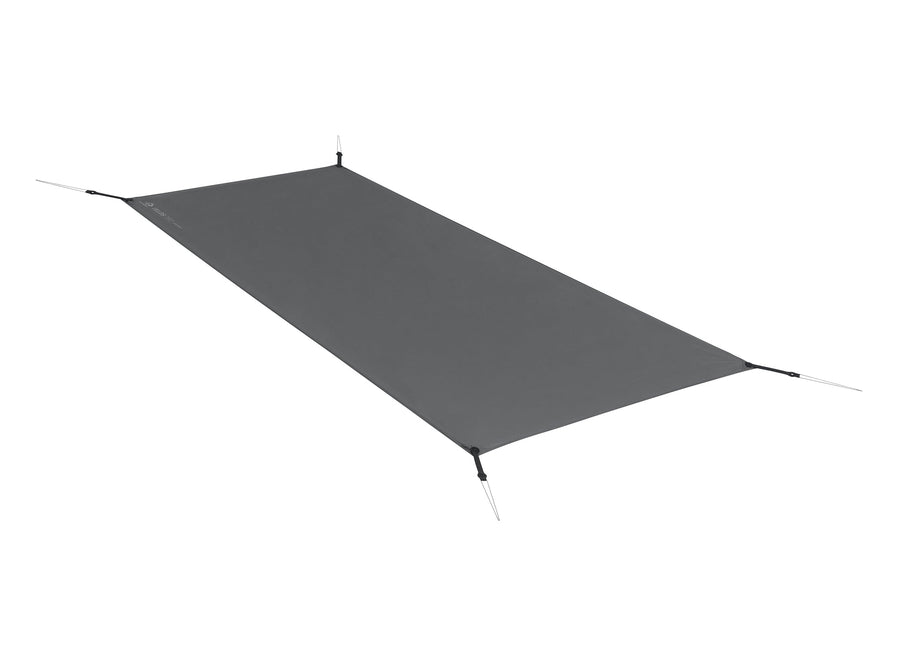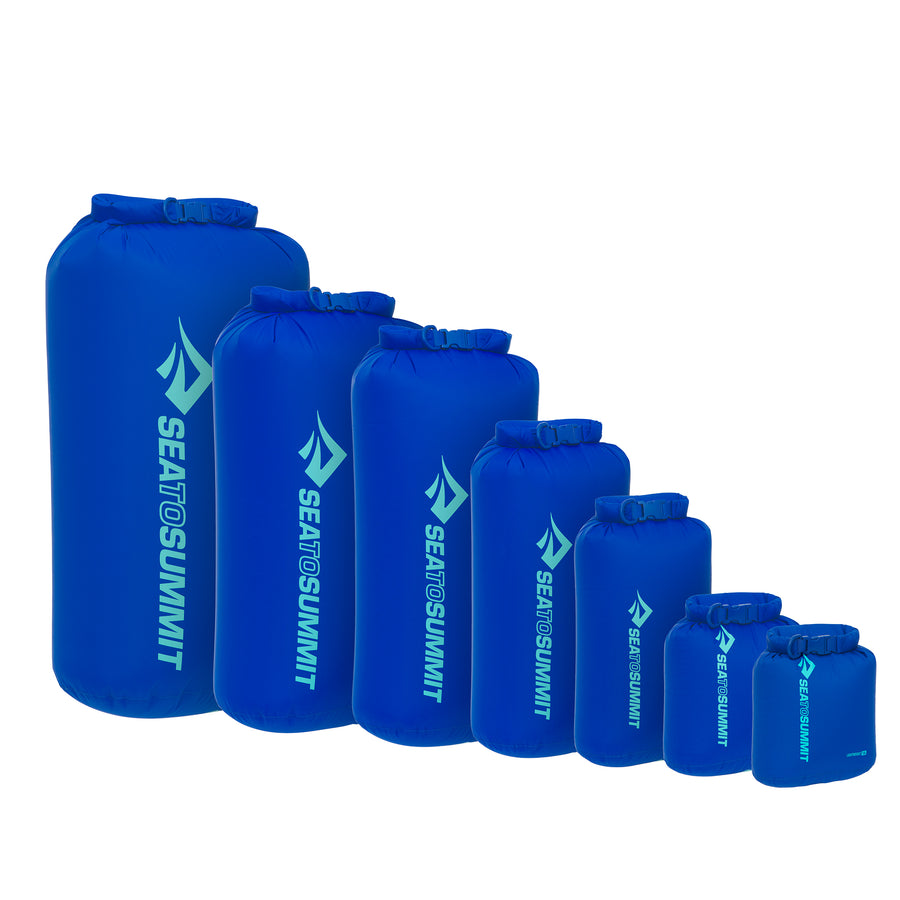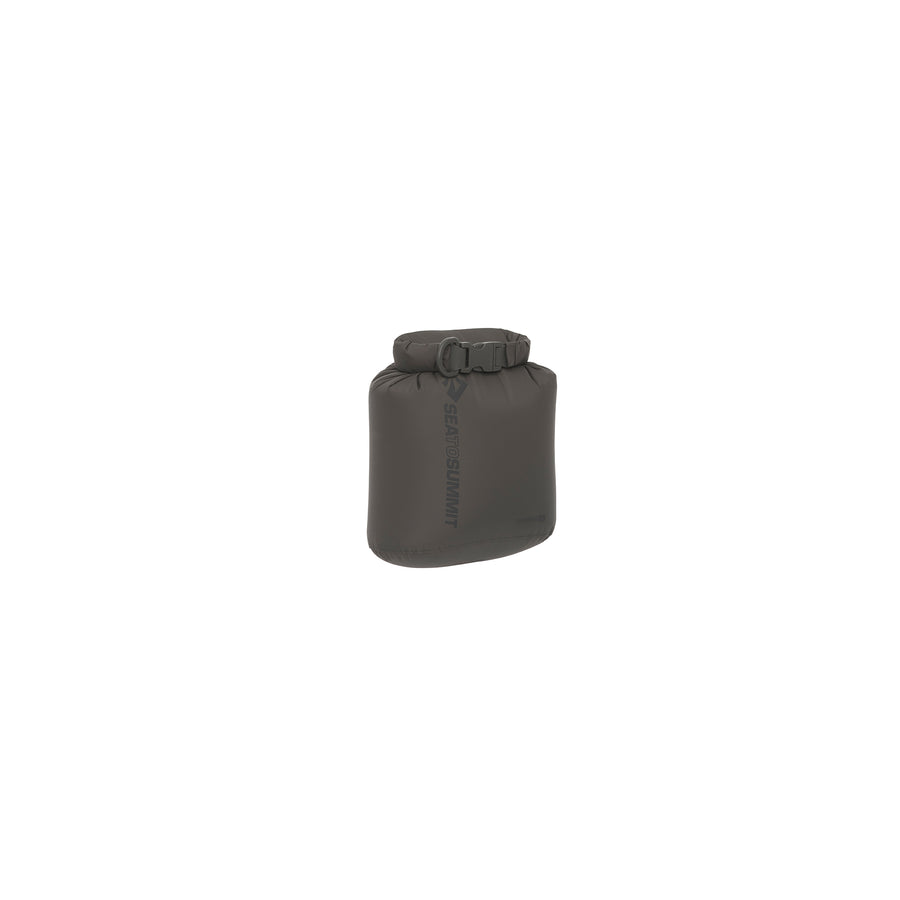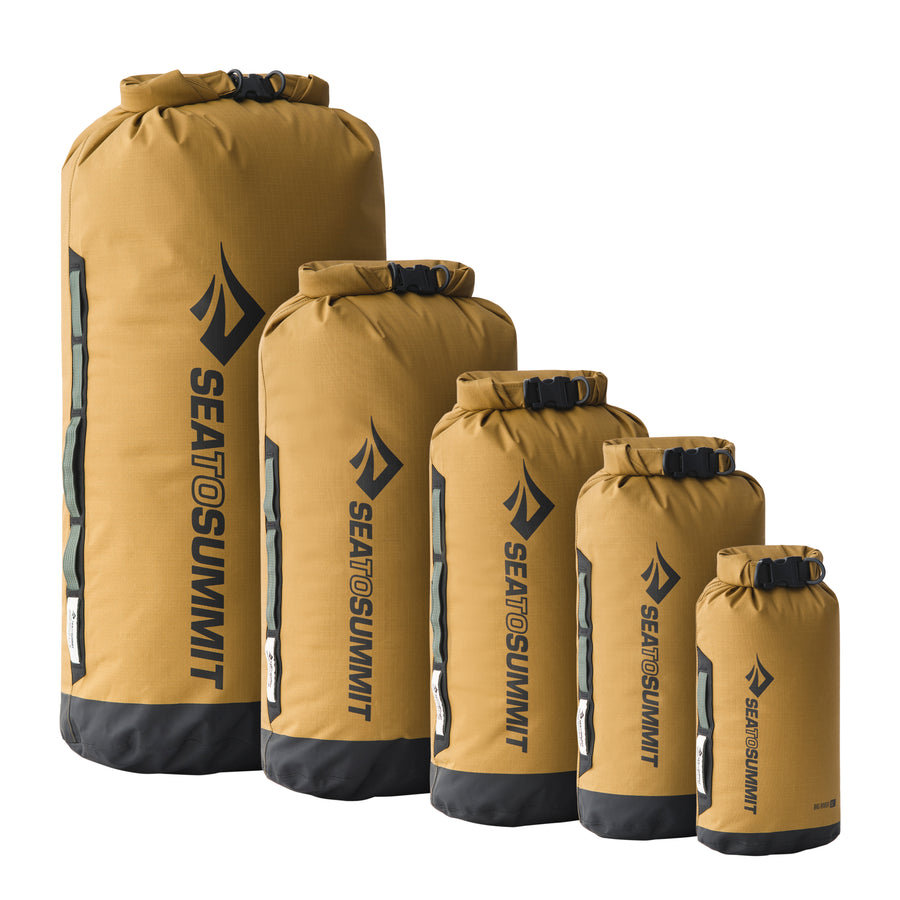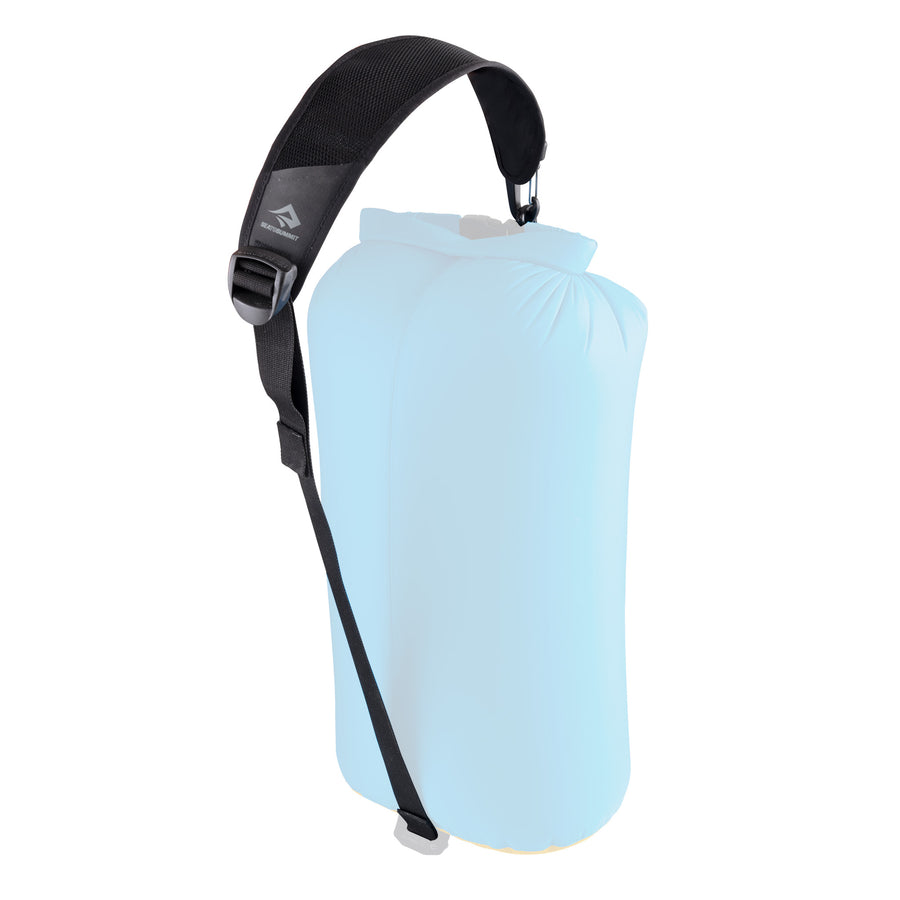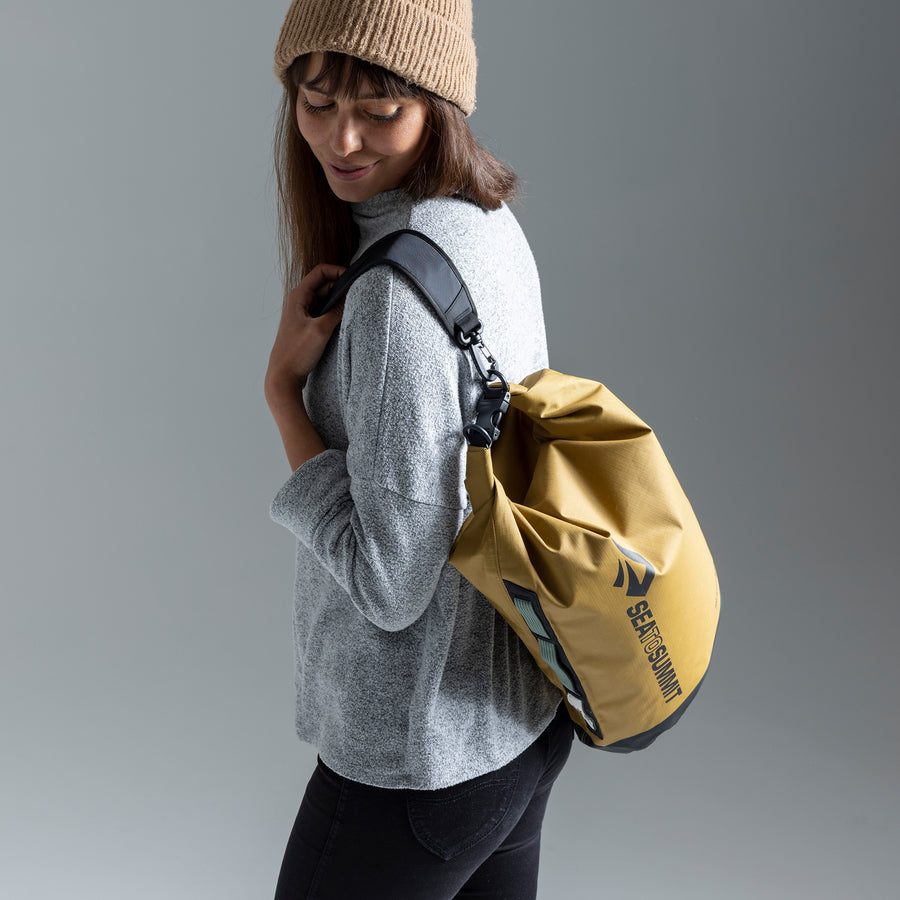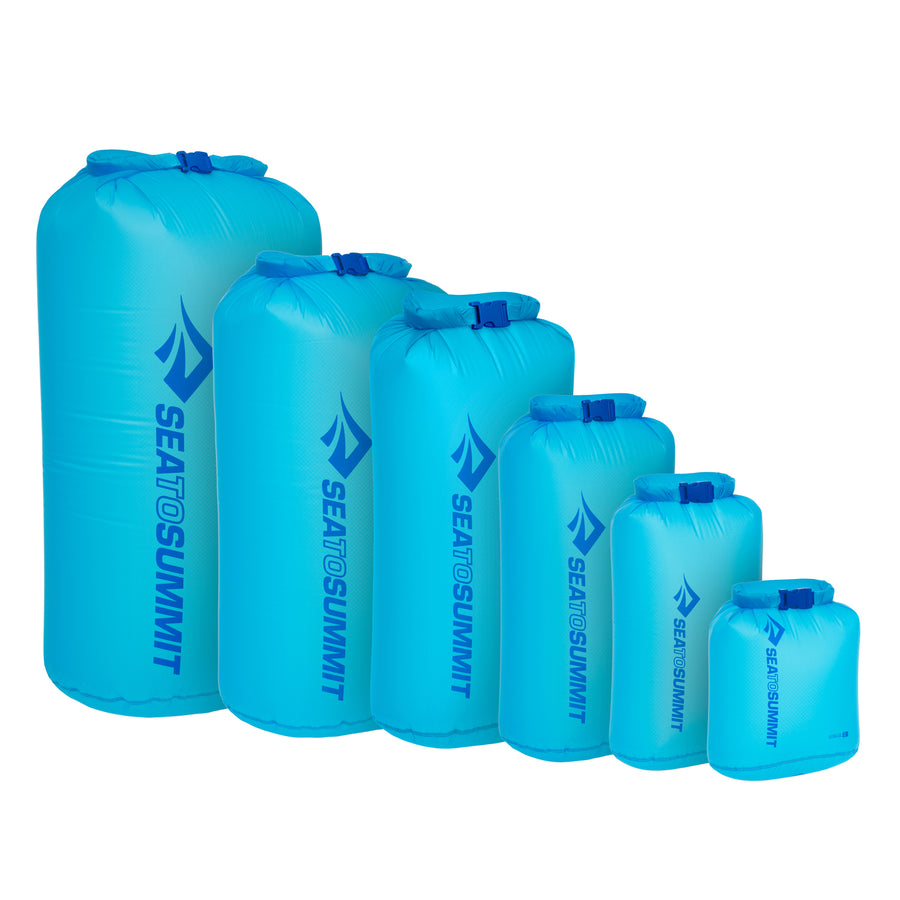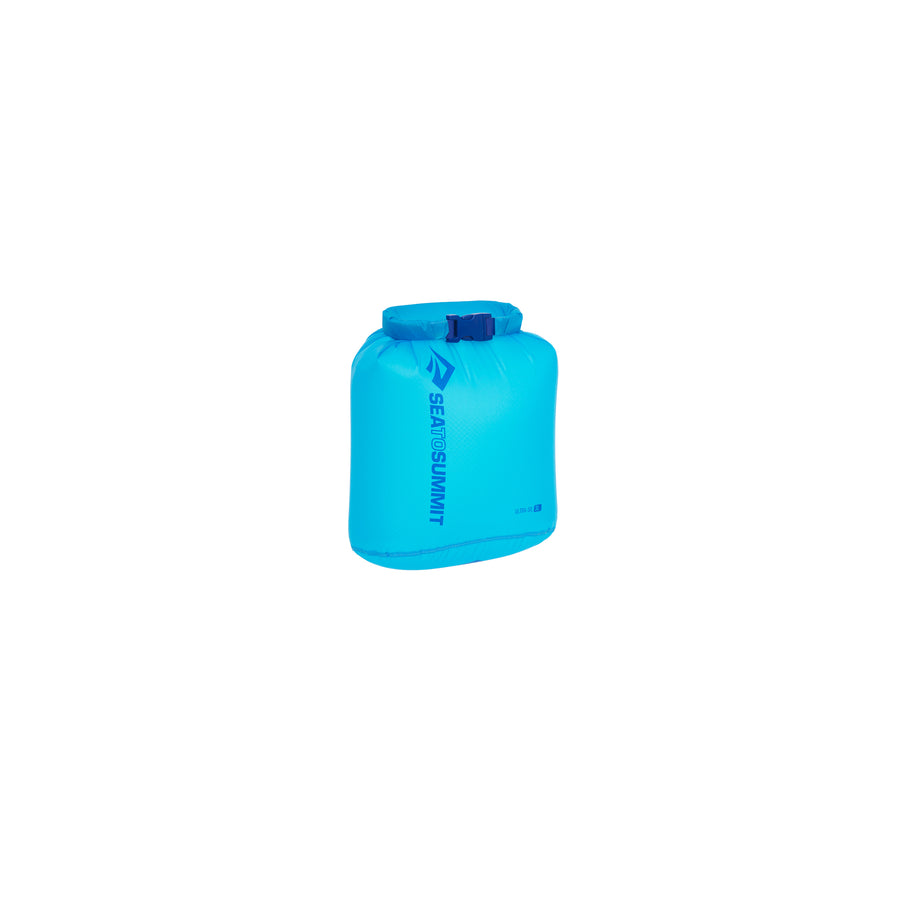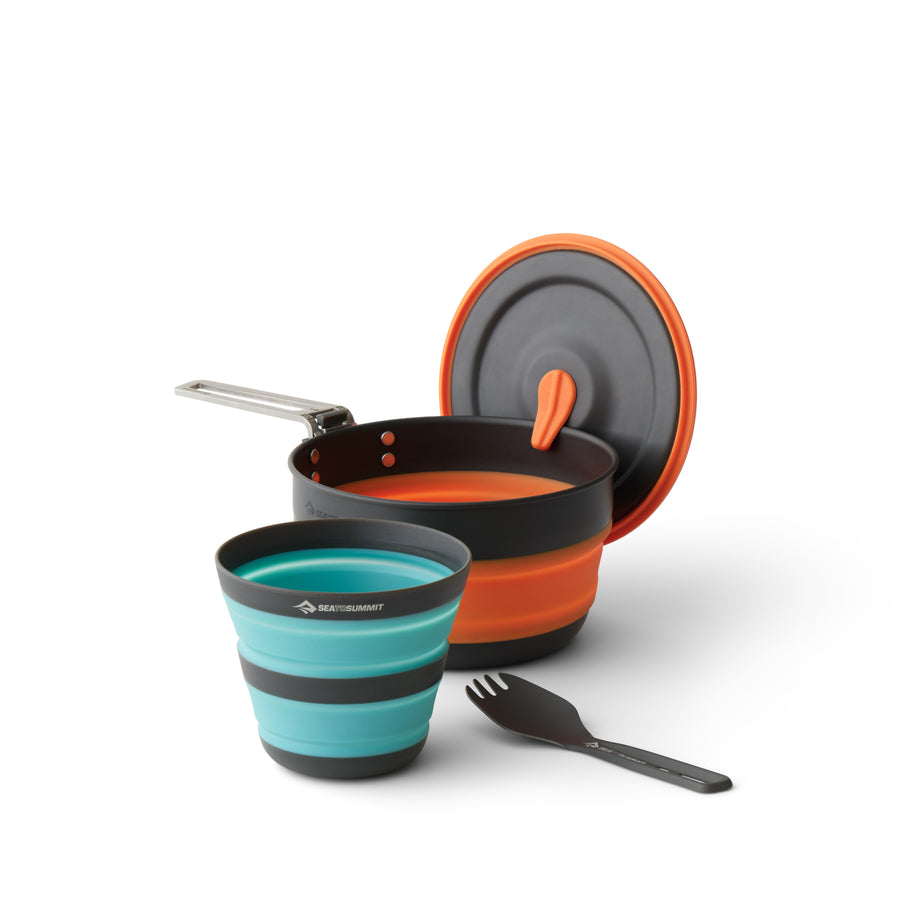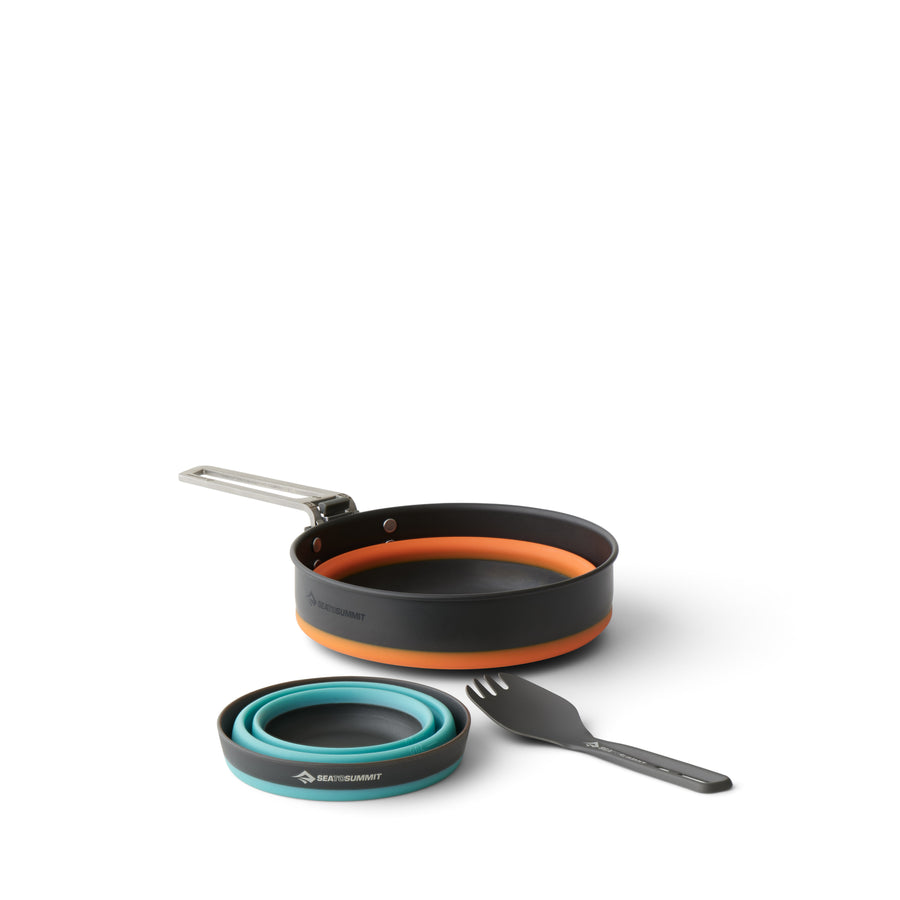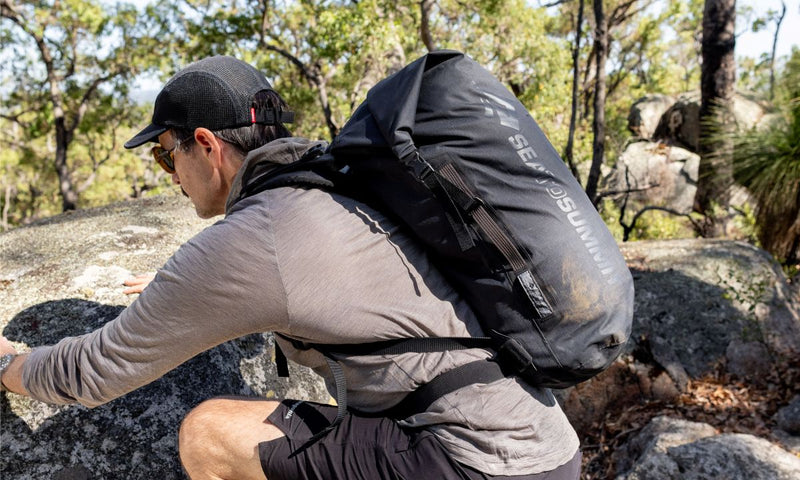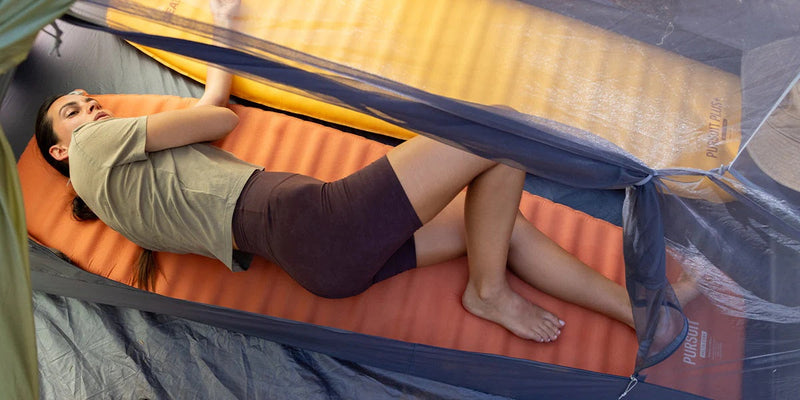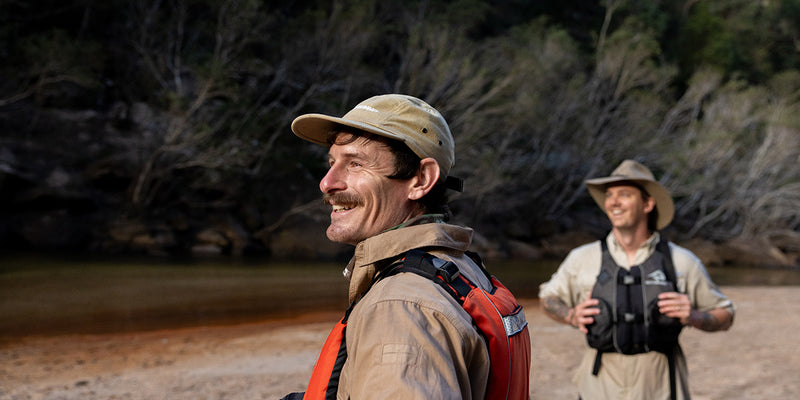The Design Series: Exclusive Interview with Product Manager, Bill Raczkowski

This week, two-wheel fanatic and all-round nice guy Bill Raczkowski chats with us about transitioning to a new role as a Sea to Summit product manager, how Australian ‘mateship’ has inspired the Sea to Summit culture, and what it’s like bouncing between America and Australia as a dual citizen.
How do you get your outdoor fix, Bill?
My hobbies are motorcycling and bicycling.
I'm not a daily commuter on a motorcycle. I do bigger trips, like three weeks around Australia, India, North America. I just love that aspect, the freedom to go somewhere but to go further.
And I love cycling. It's the most efficient form of transportation in the world. You don't need petrol, you need human power. It's simple. But compared to a motorcycle… it's just slow.
[laughs] Sounds like you embody the spirit of Sea to Summit. Simple, lightweight adventuring.
Yeah, well, I'm a small guy. Picking up a 200kg bike isn’t my idea of adventure. And the older I get, the smaller the bikes I get. And then my smile's wider because there are just less things to worry about.
Sounds perfect. So, six years ago, you left the States to work with Sea to Summit?
Yeah, I did. I worked at a company called Gerber [a US company specializing in outdoor knives and equipment] for 25-plus years. So, you get to know people. You go to the same trade shows, you see the same people.
Sea to Summit was always near Gerber. And my friend who worked there asked me if I knew somebody in the industry, as they were looking for a new designer. And so I said, “Well, you have five designers, do you really want another designer?”
Then, I did what people did back in those days… I had drinks with Roland and Penny [Sea to Summit founder and co-founder]. And I told them what I did as Gerber’s product manager. We talked for months after the show. And then, I left Gerber, my family, my home, and I moved to Perth to come on board.
That must’ve been a spin out. Just packing up and leaving for Australia?
Well, Perth is a beautiful place. But I mean, never in my life did I ever say I'm gonna grow up and move to Australia. And if I said that, I wouldn't say I'd move to Perth. Like, I knew nothing about Perth. I knew nothing about it, like most Americans. But I went out there and I haven't looked back.

Were you a fan of our products before you started?
I found Sea to Summit at an auto show in Portland. I’d heard about them but then one guy had a display of collapsible products that fit in the pannier of your motorcycle. And I said, I need them now. Because that's one thing, is reducing my space so I can put stuff in there that's more critical to the motorcycle ride.And so, I bought a set of X-Cups and just fell in love with the company.
There you go, it was the X-Cups that did it for you.
Yeah, well, before that I’d bought sleeping bags and a tent and all that… then, I sold everything and said, “I'll just be living the brand.” Sea to Summit made everything I needed, so I thought it was just fantastic.
Tell me about your current role, Bill.
Okay, so I came to Sea to Summit in 2017 as a Product Manager yet have worked closely with the supply chain since the early 90's when I started as a manufacturing engineer. In 2019, the US raised import tariffs on China-made products. We thought, look, we need to get out of China. I said I could help get that happening with my contacts in Vietnam and wherever else, and while I was doing this, Sea to Summit's new supply chain manager was watching. And that’s what I’ve been doing ever since.
I imagine things have changed a lot in the last few years?
When I started as a product line coordinator, we didn’t have the same business model as we do today. We needed to be really clear on the mind of the supply chain. We needed a real clear timeline, and to have stages, called PLM (Product Line Management) Gates, where you decide what you want to make and when. And now, of course, we do. It’s great.

But you’re moving to a new position as a product manager?
Yeah, and being in Portland right now has actually been good timing. Because I can start the transition, working more with the product side. Right now I'm in the middle of designing and developing the 2026 brief to hand over to the design team so that they can work on the products for 2026.
I'm never unhappy, I'll say that right away. I'm a good soldier. I'll do what I'm told to do. If you give me a ditch to dig, I'll be the happiest ditch digger.
So, how does it feel being back in Portland?
I've not seen my family in four years, and so I'm here to support them. Instead of going for one week, we said let's actually get our hands dirty and stay for a while.
I mean, I'm here to help my family, and then afterwards I have to do eight-hour days, because of the time zone difference. But I love the freedom to be able to do that. It works out perfectly for my lifestyle, for my family.
I'm blessed beyond belief, beyond belief.
A lot of the Sea to Summit team members live and breathe the outdoors. Would you agree? And what does that say about the Sea to Summit culture?
That's the goal. It’s the DNA of the brand.
I'm not complaining about being in an office, typing away. I love that part. Being in the office helps with the separation of life and work. But I think all humans are built to be outside.
And yeah, the creatives are so good at seeing big picture stuff, and seeing colors, and seeing all those things that make life beautiful. Whereas I see a spreadsheet and I’m going, “That's beautiful.” My brain is geared towards graphs: the Xs and O's, the squares and rectangles. I just love that, the detail, the minutiae, and finding little snippets, you know? Finding the needle in the haystack.

Sounds like you’re very “left-brained” in a creative department. Is that important? To have the logical and creative sides working together?
Very important.
I mean, how do we get that thing out of the designer’s mind, and create it in a factory that’s never made it before? All the small details of margins and pricing... you need a management team asking, “Should we do this?” And answering, “Yeah, we should.” Or, “No, mate – the data says we shouldn’t.”
You’re the voice of reason.
I’m the voice of the customer.
I mean, we can make anything. But we have to make something that the consumer can use.
But that's the beauty of my job, talking to everybody: the consumers, the retailers, the naysayers, the designers, the sales and operations teams.

So, I guess you’re constantly learning, Bill?
That’s the goal, yeah. Always evolving. The fantastic part is always just trying to evolve. Always trying to be better.
And even Roland has instilled that in the designers and in myself, saying, look, if we can’t make it better, then don't make it.
It seems like competition isn’t a big motivator either – it’s all about doing best for the customer?
Well, the American attitude is, if you don’t win, you lose. And going to Australia, it was eye-opening to experience the opposite.
One of my first real encounters was at an ANZAC Day ceremony, when they talked about these boys landing on the shores [in World War One] and it being a disaster. And I'm looking around the crowd thinking, this is a horrible story. But it wasn’t, really.
Because to Australians, it’s not about winning or beating everyone else. It’s about doing good. I was thinking this is pretty inspiring to be part of a country that wants to do good things, and not necessarily to win.
Sure. You wanna be the best. But I’m a big believer that if the water rises, we all rise.

You’ve been at Sea to Summit for a while. Any advice for new recruits?
I would say: ask. Don't be afraid to ask questions.
There's always somebody who has the knowledge. And everyone, in my opinion, will stop what they're doing to give you an answer. I've never heard, “Nope, I can't give an answer, talk to so-and-so.” Or, “That's not my department.”
No. It's, “Let's help.”
Again, that’s the Australian mateship. We all want to help each other. I moved from America with my wife to a place that was unknown to us, but also very comfortable.
And there's hardly anybody in my group [at Sea to Summit] who’s from Australia. I mean, you walk in the office and you don't hear a lot of Australian accents. We all speak English, but the diversity of accents is huge. And that just brings so much more culture to our company. It's accepting and embracing and encouraging to give your insights, no matter where you’re from.
That aligns pretty well with the brand values. Especially speaking up.
Yeah, if you don't tell somebody what you think is a good idea, they’ll never know.
We're always encouraging people to speak up, myself included. I’ve learnt how to speak up and say, “No, that's not right.” Or, “There's a better way to do that.”
I'm always telling myself to just say something. It's never discouraged.

And I feel like that would also go for someone who’s new. A lot of people like yourself have been around for a long time, but it seems you’re open to new ideas from new voices?
I've been here for six years. And I'm still new.
I mean, guys have been here 12 years, seven years, 20 years. So, I am still a new person in my opinion. And I'm always trying to learn from anybody else who wants to give me their advice. Everybody's got a story.
Bill, great to chat. Thanks for your time.
Appreciate it. And if you ever have any questions, please ask. I’ll always answer any question if I have the knowledge.
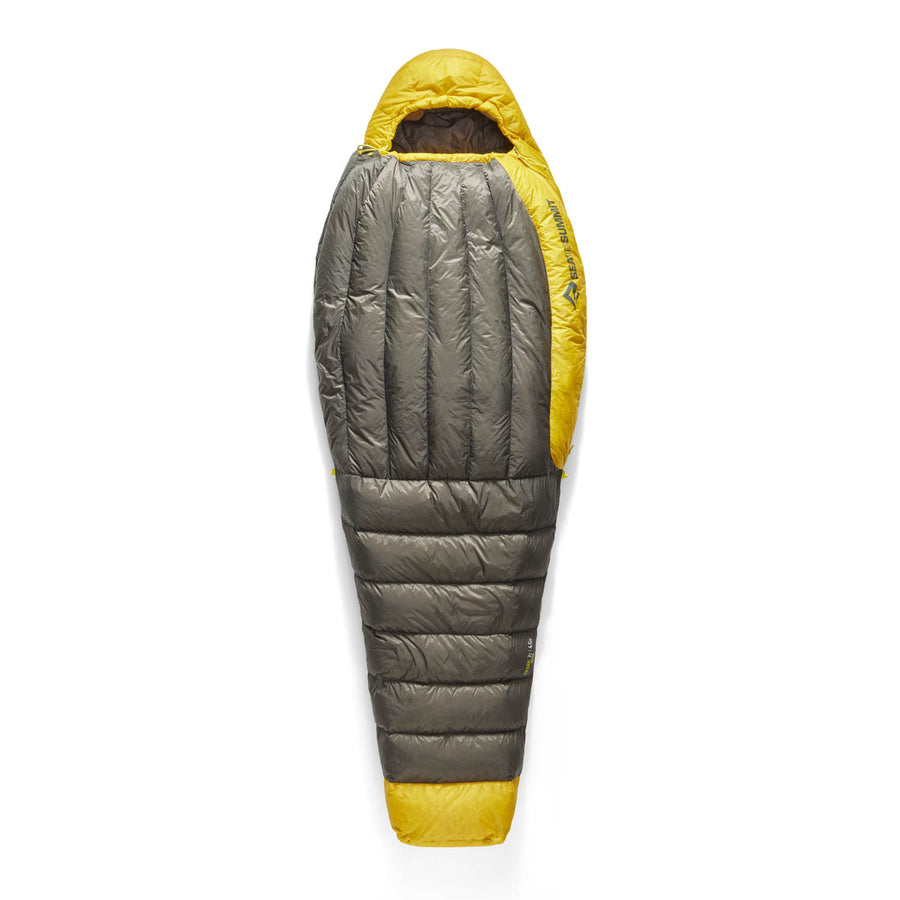
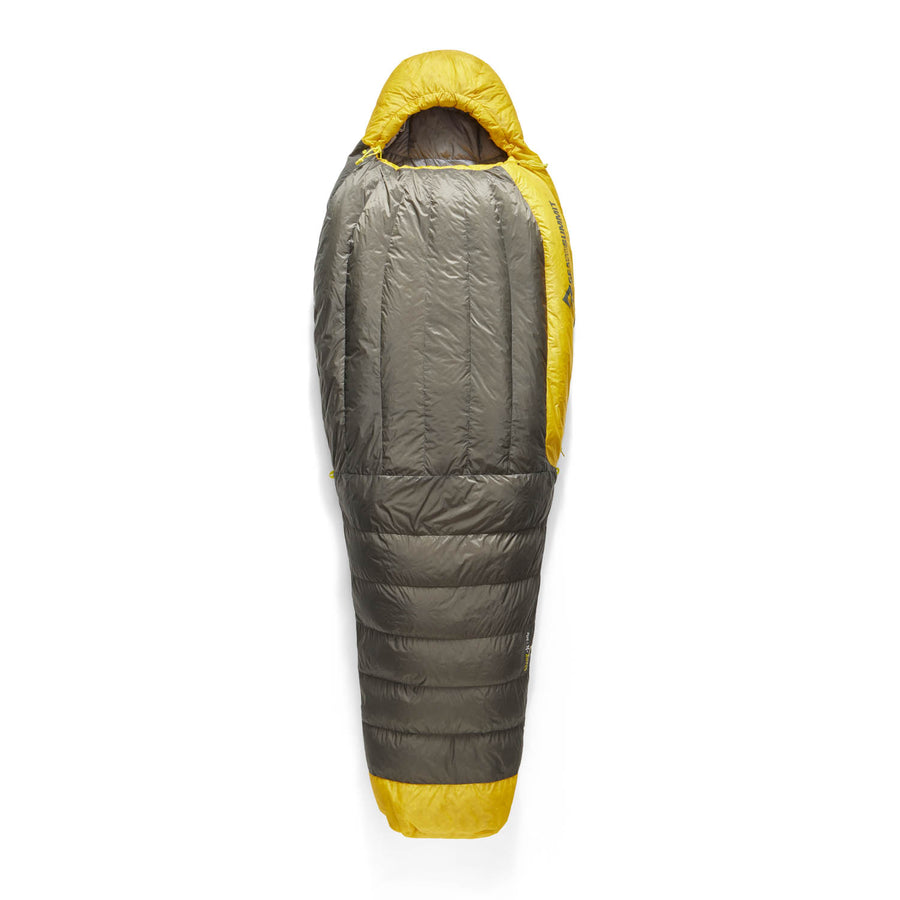
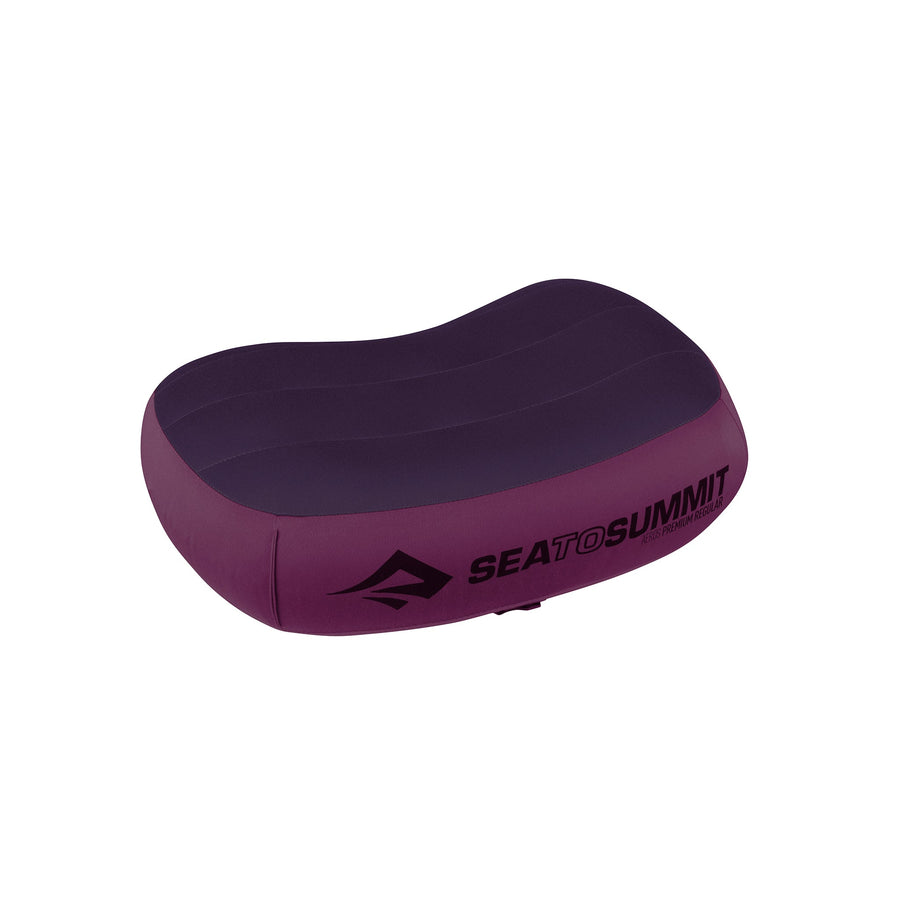
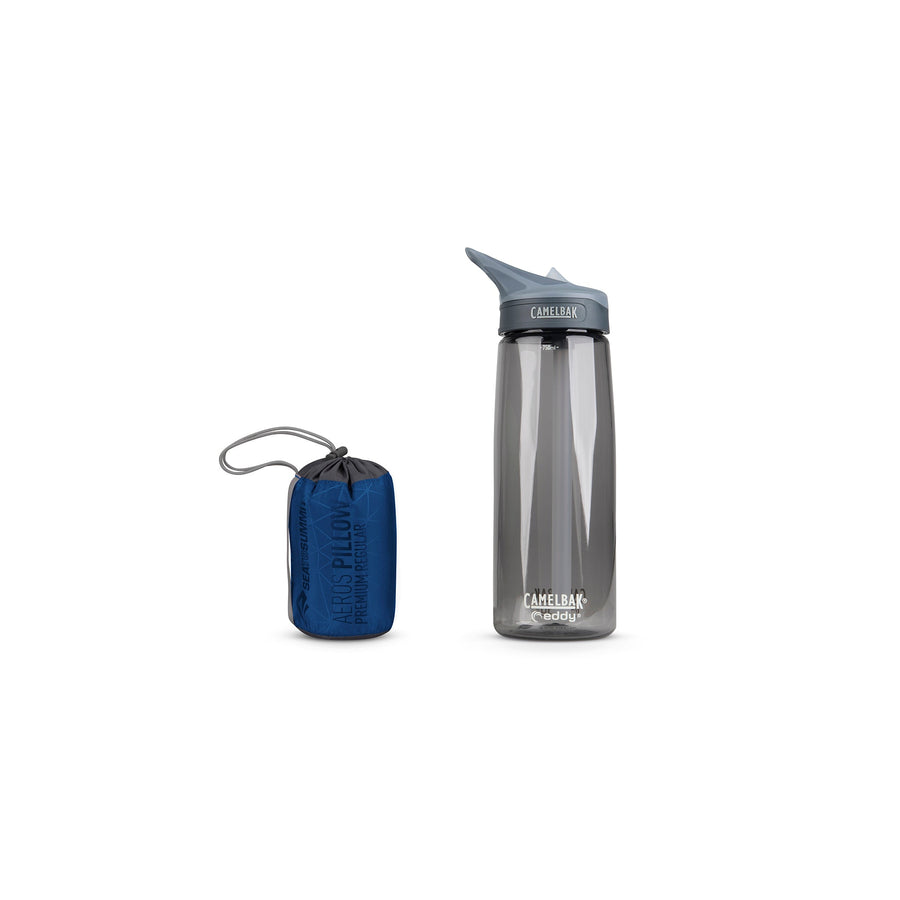
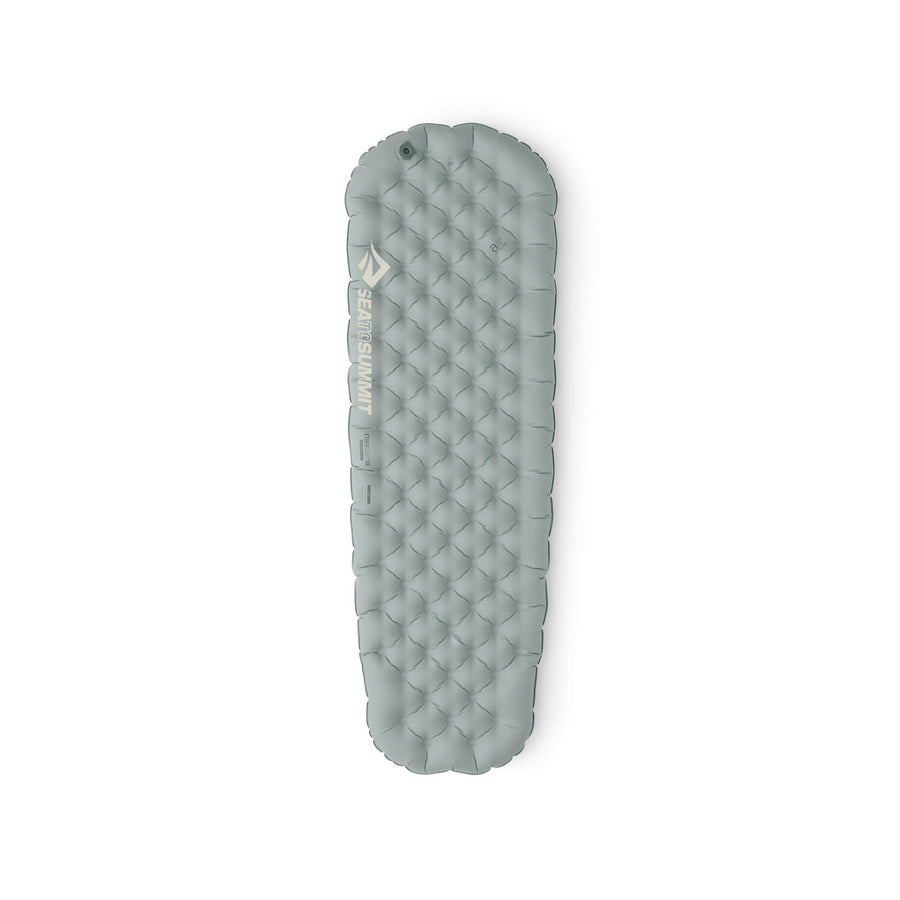
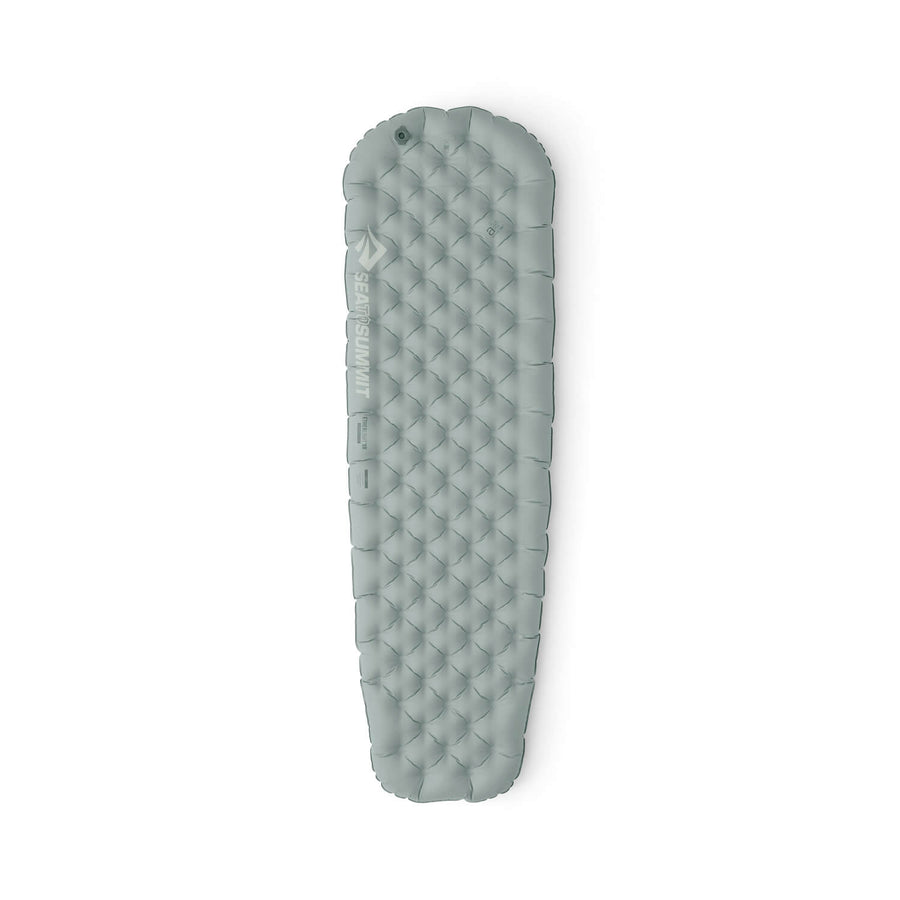
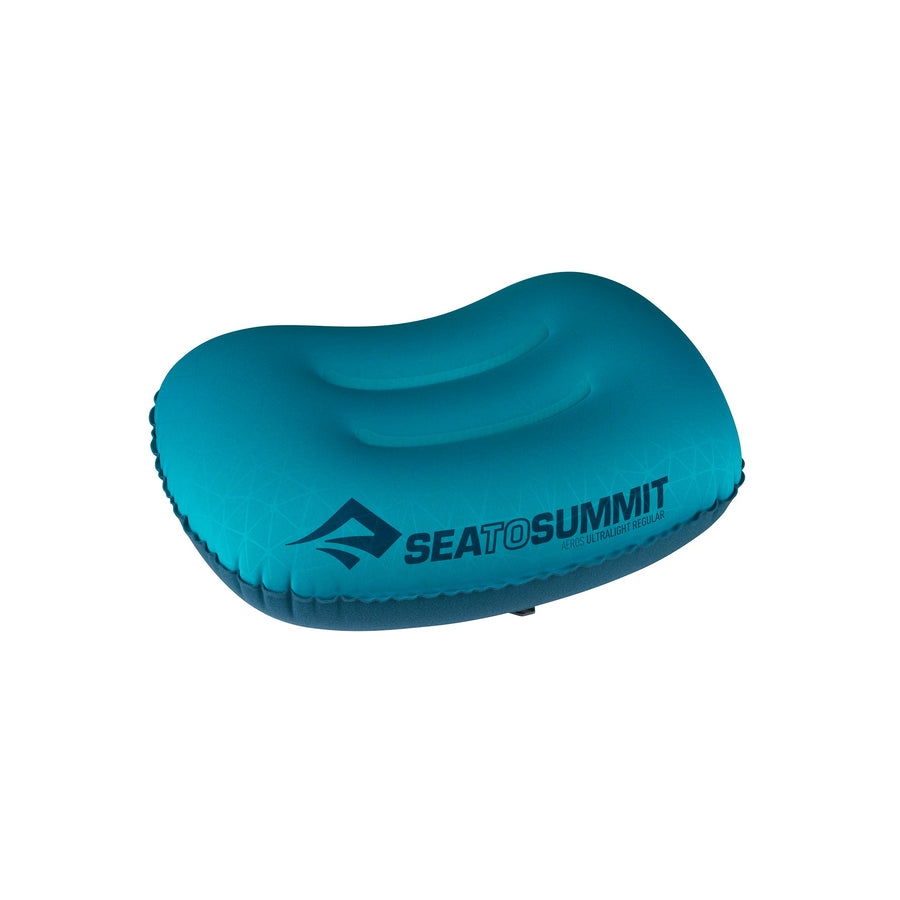
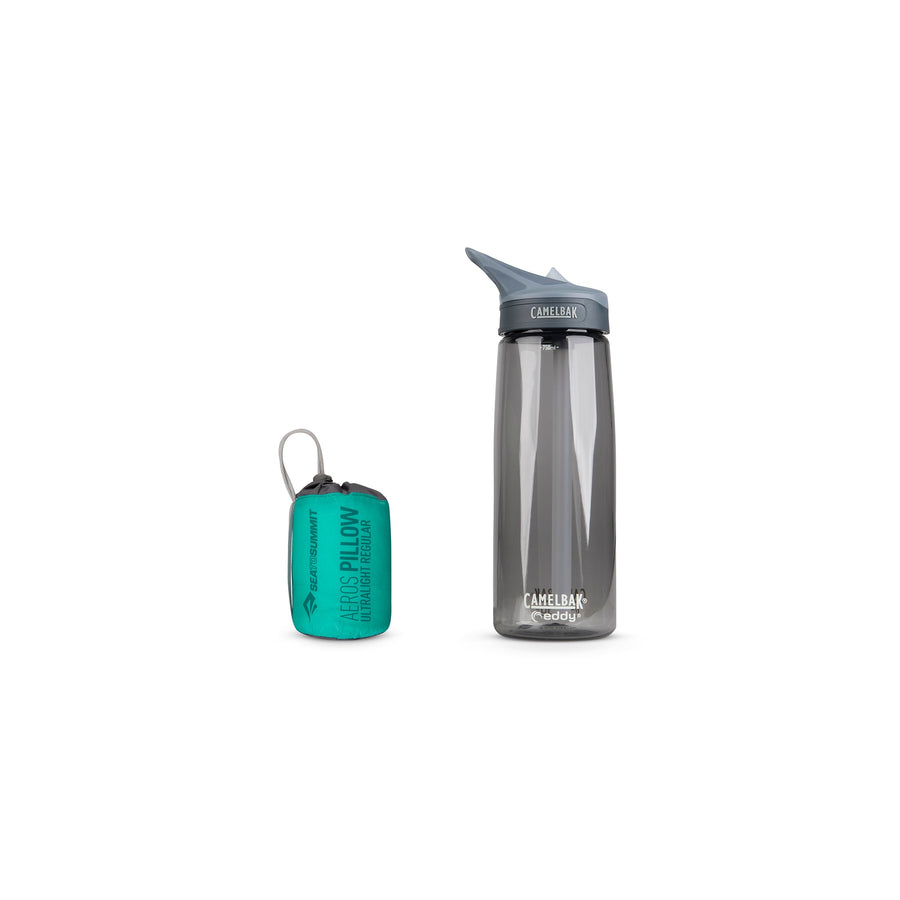
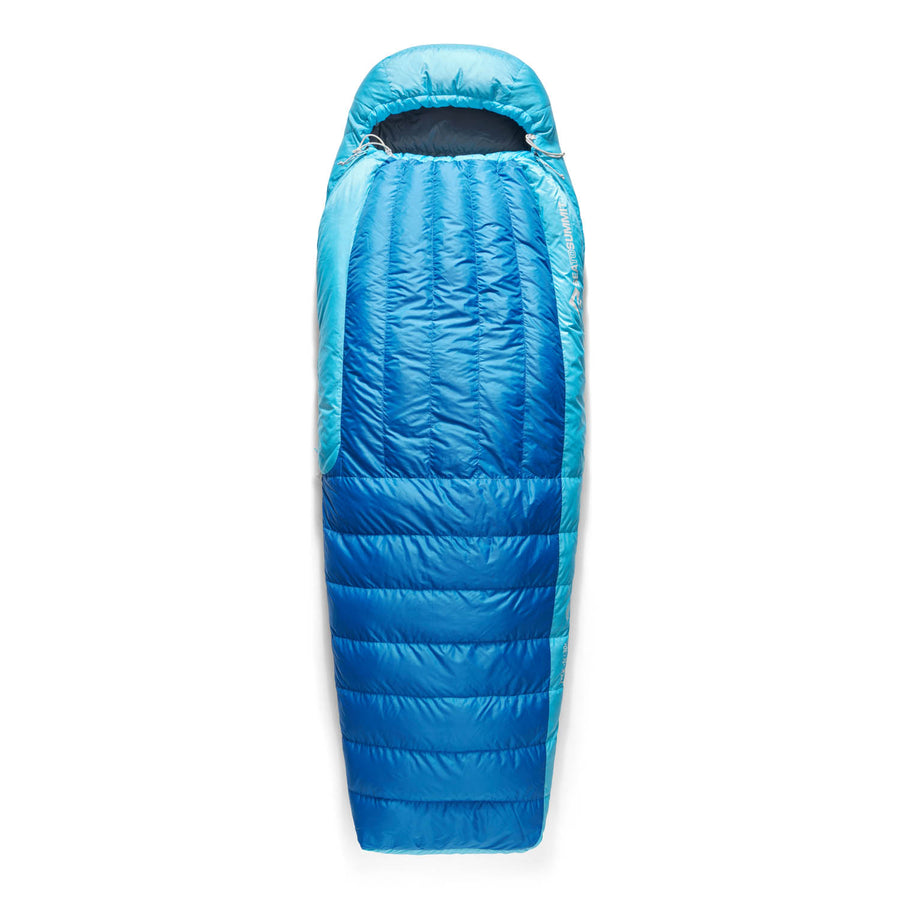
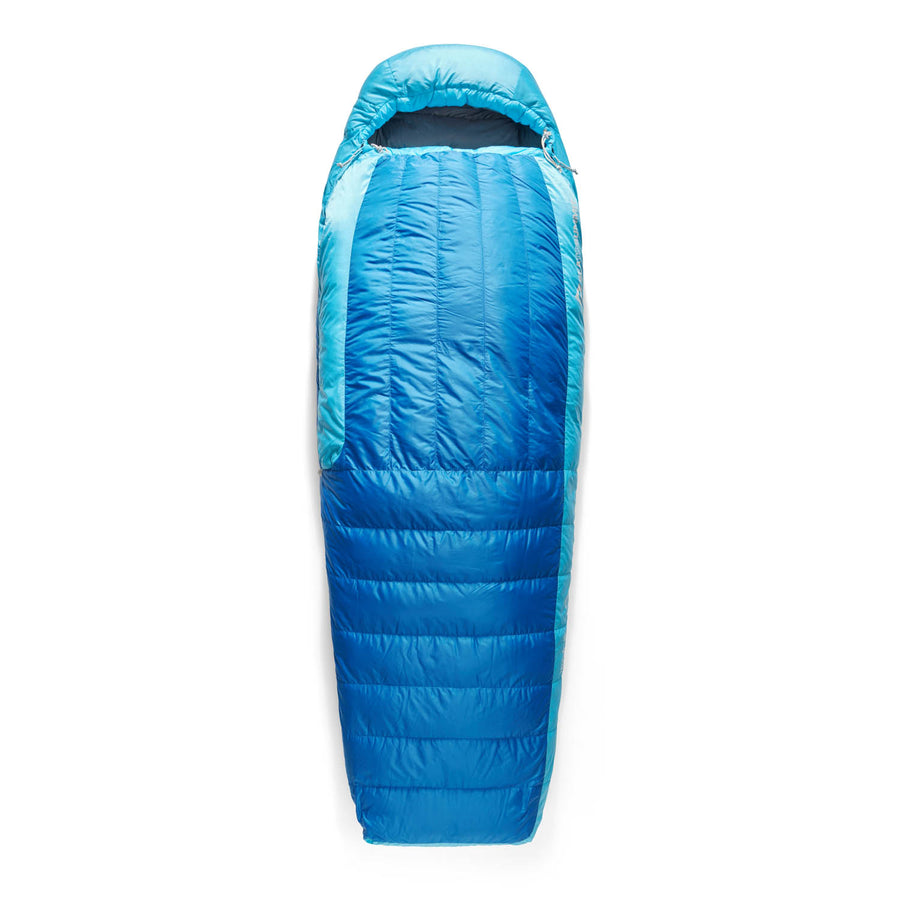
![Frontier Ultralight One Pot Cook Set - [3 Piece]](http://seatosummit.com.au/cdn/shop/files/FrontierULOnePotCookSet1P3Piece1.3LPotWithS-BowlandCup_ACK027031-122114_PRIMARY-1200x1200-9c6bd91.jpg?v=1749433473&width=900)
![Frontier Ultralight One Pot Cook Set - [3 Piece]](http://seatosummit.com.au/cdn/shop/files/FrontierULOnePotCookSet1P3Piece1.3LPotWithS-BowlandCup_ACK027031-122114_ADDITIONAL_1-1200x1200-9c6bd91.jpg?v=1749433473&width=900)
